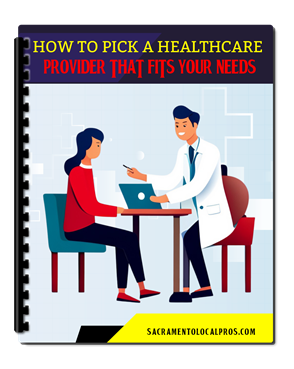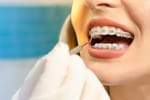Gynecomastia, commonly known as "man boobs," is a condition that affects many men of all ages.
Despite the commonality of this condition, there are still several myths surrounding it.
We'll take a closer look at the ten most common myths about gynecomastia and debunk them.
Myth 1: Only Overweight Men Get Gynecomastia
One of the most common myths about gynecomastia is that it only affects overweight men.
While there is a correlation between excess weight and gynecomastia, it's not the only factor at play.
Men of all body types can develop gynecomastia due to hormonal imbalances or certain medications.
Myth 2: Gynecomastia Is Always Caused By High Estrogen Levels
Many people assume that gynecomastia is caused by an excess of estrogen (the female hormone) in the male body.
However, while high estrogen levels can contribute to gynecomastia, it's not always the case.
Other factors, such as low testosterone levels and medications, can also cause gynecomastia.
Myth 3: Gynecomastia Always Goes Away On Its Own
While it's true that gynecomastia can sometimes go away on its own, this isn't always the case.
In fact, many men with gynecomastia require medical intervention to resolve the issue.
Depending on the cause of the gynecomastia, treatment options could range from medication to surgery.
Myth 4: Gynecomastia Is Always Noticeable
Some men may assume that if they have gynecomastia, it will be immediately visible.
This isn't necessarily true. In some cases, gynecomastia may be mild and not as noticeable, while in others it can be more severe.
Regardless of the severity, any man experiencing gynecomastia should seek medical advice.
Myth 5: Gynecomastia Only Affects Older Men
While gynecomastia is more common in older men, it can still affect men of all ages.
In fact, gynecomastia is relatively common in teenage boys due to hormonal changes during puberty.
Myth 6: Gynecomastia Is Always Painful
While gynecomastia can sometimes cause discomfort, it's not always painful.
In fact, some men with gynecomastia may not experience any pain at all.
The severity of pain may depend on the underlying cause of the gynecomastia.
Myth 7: Exercise Can Cure Gynecomastia
Although exercise is an important part of a healthy lifestyle, it will not necessarily cure gynecomastia.
While weight loss and exercise can sometimes help improve the appearance of gynecomastia, they cannot always eliminate the problem completely.
Myth 8: Gynecomastia Is Not Treatable
Many men may be discouraged by the idea that gynecomastia is not treatable.
There are several effective treatment options available, ranging from medication to surgery.
Myth 9: Gynecomastia Only Affects Men Who Use Steroids
While steroid use can contribute to gynecomastia, it's not the only cause.
Men who have never used steroids can still develop gynecomastia due to hormonal imbalances or certain medications.
Myth 10: Gynecomastia Is Not A Serious Condition
Although gynecomastia is not a life-threatening condition, it can have a significant impact on a man's quality of life and self-esteem.
It's important to seek medical advice if you are experiencing gynecomastia to determine the best course of treatment for your individual situation.
Conclusion
Gynecomastia is a common condition that affects many men of all ages.
Unfortunately, there are still many myths surrounding this condition that can cause confusion and misinformation.
By debunking these ten commonly held myths about gynecomastia, we hope to provide accurate information and encourage men who are experiencing gynecomastia to seek medical advice.
Remember, gynecomastia is treatable, and there are effective treatment options available.
Download Our Free E-book!








